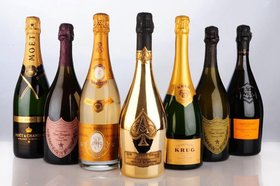Pomerol AOC, Bordeaux: Top Wineries, 10 Alluring Wines To Buy
Pomerol, a wine commune situated on the right bank of Bordeaux, is famous for its age-worthy Merlot-based wines - thanks to its brilliant terroir. (Not to confuse it with the nearby Lalande de Pomerol region, also known as poor man’s Pomerol!)
Of all the fine wine regions in Bordeaux, Pomerol is the smallest appellation and the only one without a classification system.
Besides having no classification system, many of the vineyards here don’t have the long-standing wealth and history of the rest of the Bordeaux AOCs.
Nevertheless, Pomerol wines have taken the wine world by storm!
Let’s take a virtual wine tour of the Pomerol region - why it doesn’t have a classification system, the wines and their blend, 10 exceptional Pomerol wines to buy in 2022, and their investment potential.
We’ll also look at the region’s history and the terroir of this right bank appellation.
Further reading
- Explore the Iconic Bordeaux Wine Region - the wines, 10 best bottles, and their investment potential.
- Discover 10 Mouth-watering Merlot Wine Bottles that will make a perfect gift for a wine enthusiast.
Why Does Pomerol Not Have A Classification System?
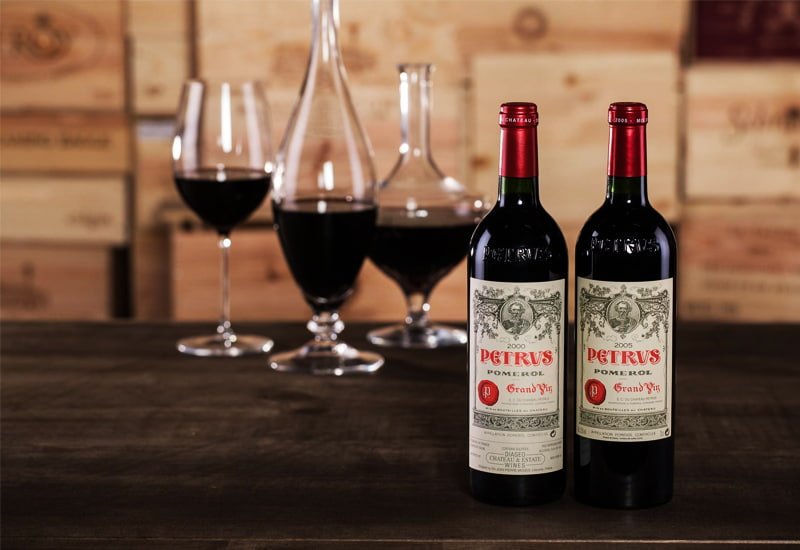
Pomerol neither has an official classification system nor is it a part of any of Bordeaux’s classification systems.
Some producers believe that this is because the Pomerol appellation is relatively new, compared to the rest of the Bordeaux wine region, and that the Pomerol vineyards were not well-established when Bordeaux’s classification system was created.
Despite this, Pomerol wine is ranked highly by wine critics worldwide because of its superb quality.
Pomerol Wine: Grapes Used, Taste, and Characteristics
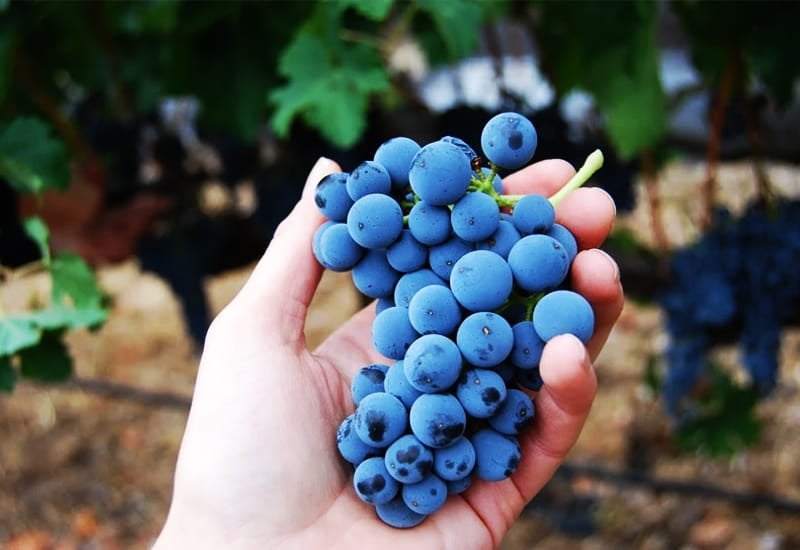
Although it lies in Bordeaux, the red wines made here are unique and different from ordinary Bordeaux wine.
Unlike the Cabernet Sauvignon-driven wines produced across the left bank of Bordeaux, Merlot and Cabernet Franc are the choice grapes in this right bank appellation - Merlot being the signature grape variety. However, some producers prefer Cabernet Sauvignon over Cabernet Franc.
Old world Merlot, like that produced in Pomerol, is fresh with red fruit flavors and well-balanced acidity.
Cabernet Franc adds a touch of savory spice and structure to Pomerol wine.
Overall, Pomerol wine is lush, elegant, and opulent. The taste varies depending on the terrain, producer, and vintage.
The wine produced from the vineyard with loose gravel soils tends to be lighter and more acidic, with dominant fruit flavors, while the wines produced from Pomerol’s bouttonière are velvety and sensual.
The Legendary Pomerol Châteaux

Some of the highly regarded Pomerol châteaux that produces some of the most sought-after right bank wines include:
- Château Pétrus
- Château La Conseillante
- Vieux Chateau Certan
- Château Cheval Blanc
- Château Lafleur
- Château Le Pin
- Château Trotanoy
- Château La fleur Petrus
- Château Clinet
Many of these châteaux are part of the Moueix company, which owns multiple vineyard sites in Pomerol and St Emilion. The Moueix family also oversees production at Château Petrus and Château Trotanoy wineries.
Another such iconic Pomerol producer is Michel Rolland who owns Château Bertineau St. Vincent, Château Rolland-Maillet, and others.
10 Fine Pomerol Wines in 2022 (Tasting Notes, Prices, and Vintage)
Let’s look at the best bottles of Pomerol wine that will seduce every wine lover!
- 1945 Château Pétrus
- 2009 Château Lafleur
- 2017 Château Le Pin
- 2009 Château La Violette
- 2009 Trilogy De Le Pin
- 2010 Château Lafleur
- 2000 Château Petrus
- 2015 Château Le Pin
- 2009 Château L'Eglise-Clinet
- 2015 Château Petrus
1. 1945 Château Petrus ($11,168)

It is an exotic Bordeaux wine loved for its bold, well-balanced palate, chocolate, tobacco undertones, and juicy plum and black cherry flavors.
2. 2009 Château Lafleur ($1,630)

From the Lafleur winery, we have a dry Pomerol wine from the Lafleur winery with well-balanced acidity and high tannin. It is sweet, with notes of smoke, truffles, and chocolate - a great wine for a red wine lover.
3. 2017 Château Le Pin ($3,531)
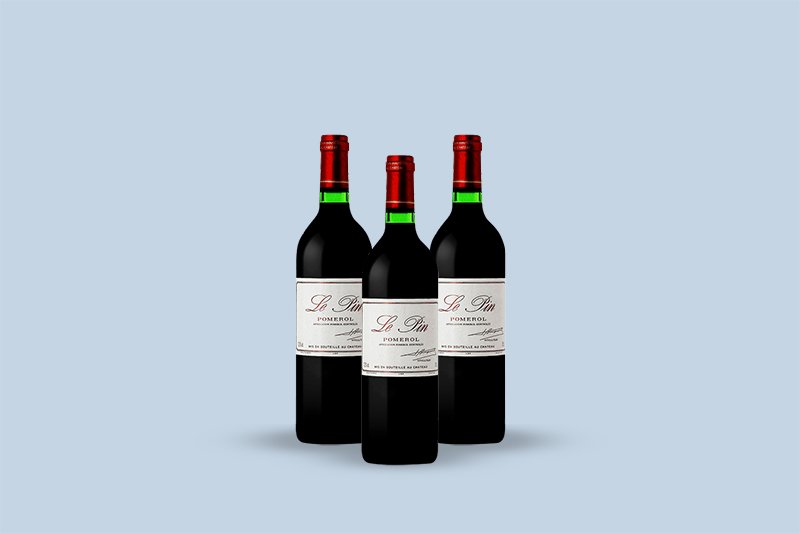
It is a decadent and juicy bottle of Pomerol wine from the Le Pin winery. It has a ripe black fruit taste with a unique undertone of coconut.
4. 2009 Château La Violette ($1,089)
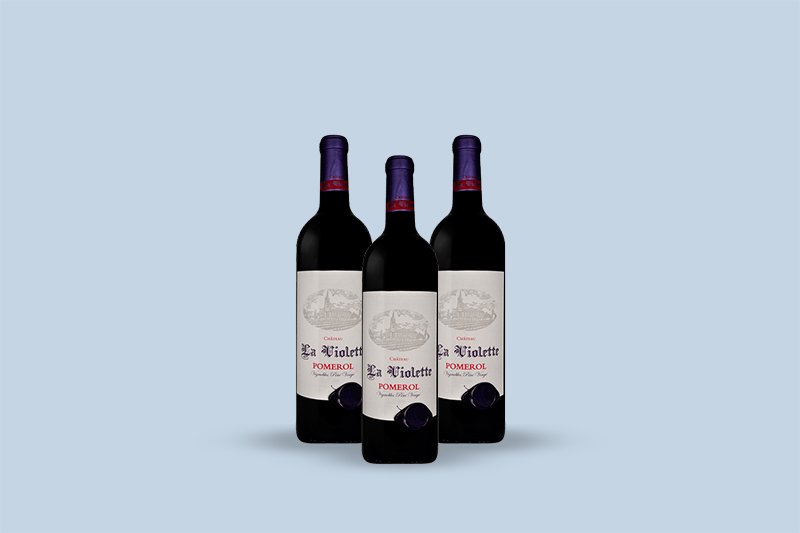
This Bordeaux wine made from the Merlot grape is from the La Violette Pomerol estate. It is bold and dry, with well-balanced acidity and the luxurious taste of vanilla and red fruit.
5. 2009 Trilogie De Le Pin ($852)
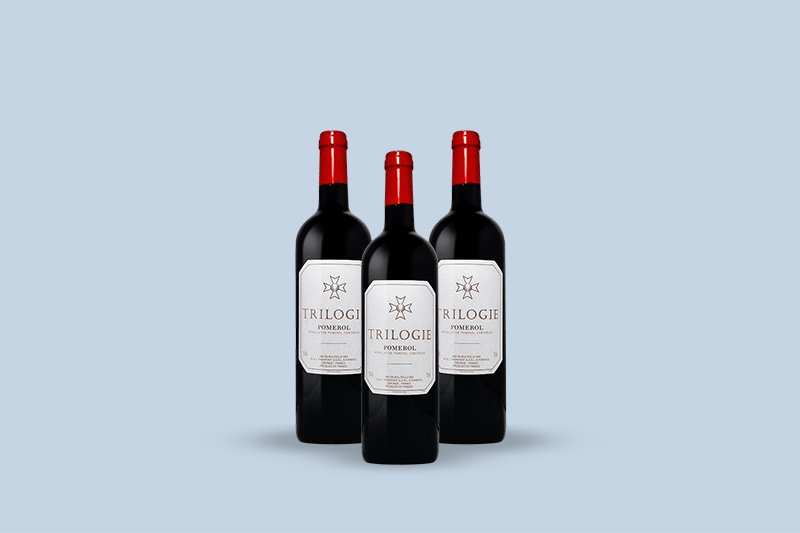
It is a very bold, dry bottle of Pomerol wine with high acidity and tannin. Wine tasting reveals a velvety and decadent palate with black fruit flavors and wet earth nuances.
6. 2010 Château Lafleur ($1,755)
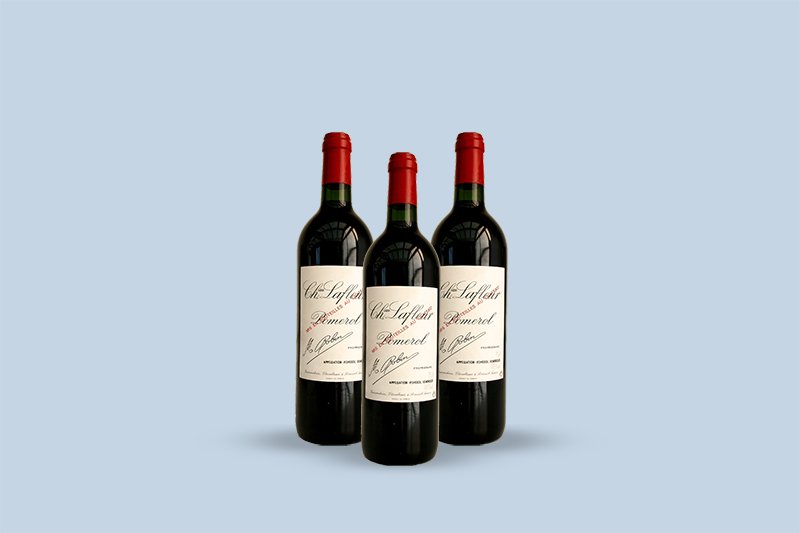
Here we have a chocolate and fruit-flavored red wine with a high tannin count and a deep purple color.
7. 2000 Château Petrus ($6,913)

A wine enthusiast will love the earthy, juicy palate of this Pomerol wine balanced with decadent notes of chocolate, plum, tobacco, and black cherry.
8. 2015 Château Le Pin ($4,789)

This exotic wine has an intense nose, with aromas of jammy black fruit, leather, and oak. Wine tasting reveals well-balanced acidity and a long, elegant finish on the palate.
9. 2009 Château L'Eglise Clinet ($502)
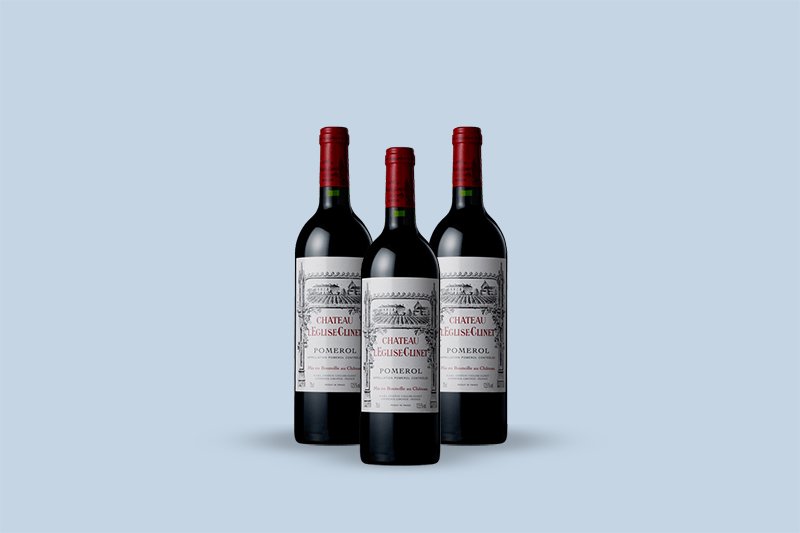
Here we have a refreshing Bordeaux wine with medium acidity and excellent structure. This cru wine has refined wet earth notes and the jammy taste of black cherry and plum on the palate.
10. 2015 Château Petrus ($5,383)

This exclusive Pomerol wine from the region’s star producer is a lush and dense Merlot, with a fleshy, fruit-flavored mouth and a well-balanced acidity.
Should You Invest in Pomerol Wine?
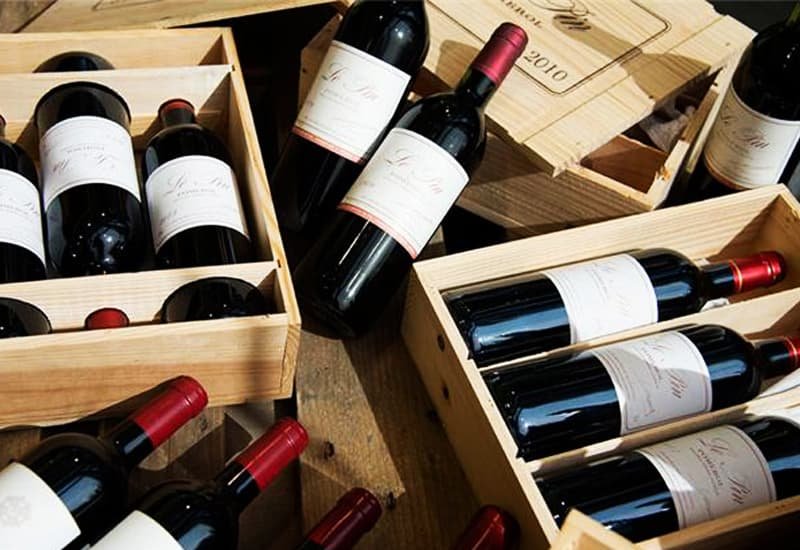
Though it is Bordeaux’s smallest appellation, Pomerol produces some of the highest quality wines in the world that are highly valued by wine collectors.
These right bank wines have an excellent aging potential of 10 to 30+ years, making them great wine bottles for long-term investment.
Price Appreciation of Pomerol Wine
Price appreciation of Pomerol wine is dependent on the wine producer. Typically, wines from the Le Pin, La fleur Petrus, La Conseillante, and Château Certan markedly increase in value over time - thanks to their rarity and winemaking excellence.
For example:
- The prices of Château Lafleur 2015 and 2016 have grown at a compound annual growth rate of 27% and 30%, respectively, since their release.
- The coveted Le Pin 1982 vintage is now of drinking age, and its cases are being traded at over $150,000 - a price appreciation of 182%.
Pomerol Wine Performance at Auctions
In general, Château Petrus, La Conseillante, and other wines from the Pomerol appellation perform remarkably well at auctions.
- A 6-liter imperial of 1989 Château Petrus fetched $35,100 at a Sotheby’s wine sale in 2017.
- Petrus 1961 went down the hammer for $144,000 at a 2011 Christie’s auction.
But, remember, investing in the Pomerol wines needs to be done with the utmost discretion. The wine is not cheap, so most investors can’t afford to make a mistake - which is why we recommend investing through professionals.
A professional and trustworthy wine investment company like Vinovestwill help you buy, store, authenticate, and sell Cabernet Sauvignon, Sauvignon Blanc, or any other fine wine from around the globe.
Food Pairings with Pomerol Wine

The lush, fruit-forward Pomerol wine pairs well with beef fillet or well-hung venison. Flavor-filled game dishes, such as terrine and pâté, also partner well with Pomerol’s intensity.
Earthy dishes like rare Ahi tuna, salmon, roasted chickens, mushrooms, and truffles are also great accompaniments.
Now, let’s explore Pomerol’s history.
A Brief History of Pomerol
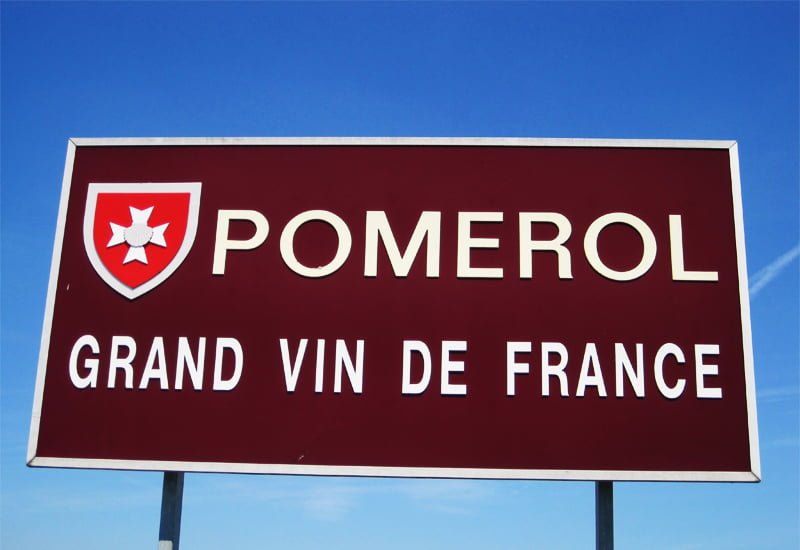
The Romans and the Knights of Saint John of Jerusalem first planted the vines in the Pomerol wine region. However, it wasn’t until the 1700s that it began to develop as a winemaking commune.
In the 16th and 17th centuries, Dutch traders established wine trade between the Bordeaux region and Northern Europe. The Northern European market favored white wine, so white grape varieties dominated Pomerol’s vineyards.
The records show that the red wine grape Cabernet Franc was planted in the 1500s, while Merlot was planted in 1760.
Until the late 19th century, white wine grapes continued to dominate Pomerol’s vineyard sites. Then the Dutch influence began to wane, and the high prices of red Claret made red wines more attractive.
Despite this, the reputation of Pomerol’s wines still lagged behind Medoc’s.
In came the Moueix family!
Jean Pierre Moueix and his family set up a négociant house in Libourne in 1937, and by 1945, they acquired exclusive selling rights to Château Pétrus.
By 1964, Moueix already owned three Pomerol chateaux and most Petrus shares which helped the family take control of the estate’s winemaking.
The 1982 vintage got glowing reviews of American wine critic Robert Parker, which helped Pomerol gain a strong foothold in the American market.
In 1936, Pomerol received its AOC status, and the white vine plantings were officially outlawed.
The red wine grape Merlot continues to thrive in Pomerol due to the unique terroir of the appellation.
The Terroir of Pomerol Plateau: Climate and Vineyard Soil
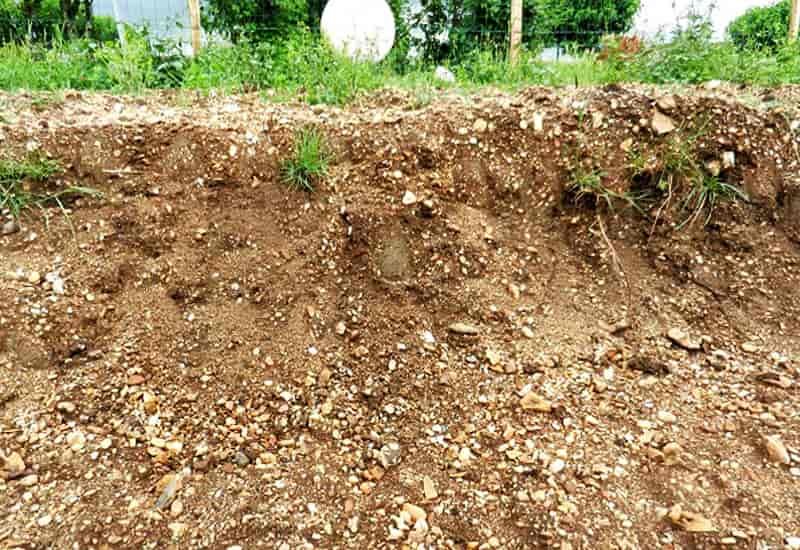
Pomerol, lying on the east of Libourne, has no direct access to the river, with Libourne and the St Emilion AOC lying in between. However, the proximity to the Gironde river and the Bay of Biscay gives Pomerol a more continental climate than the rest of the Bordeaux region.
Pomerol’s temperature can be mercurial, depending on the season. Moreover, harvest rains can cause grey rot on the Merlot grape. When the weather gets scorching, it can cause the Merlot to become overripe.
Despite this, around 80% of Pomerol’s vineyard plots are planted with the red grape variety. The Merlot vine ripens early, making the grape sweeter while maintaining its well-balanced acidity.
Cabernet Franc is the second most-planted grape in Pomerol, taking up 15% percent of the vineyard area.
In the remaining 5% of the vineyard area, Malbec, Cabernet Sauvignon, and Petit Verdot are grown. Cabernet Sauvignon and Petit Verdot grape varieties are usually only used in the region’s second wines.
What soils does Pomerol have?
The terrain close to the Pomerol plateau is dominated by sand just like Saint Emilion and Lalande de Pomerol.
Pomerol’s subsoil is an iron-rich, dark-packed clay with gravel. This combination of gravel, clay, and sand is excellent for viticulture and is largely why Pomerol produces such exceptional fine wine bottles.
Within the Pomerol appellation, there is a small area known as the bouttonière (or the buttonhole.) It’s distinct from any other vineyard in the world because some of the soil on top of the gravel iron-rich subsoil is blue clay.
Château Petrus, the most highly-rated and exclusive Pomerol estate, takes up more than half of the bouttonière, as well as all of the exclusive blue clay.
The other half of the bouttonière (without Petrus’ blue clay) is split between nine other châteaux, including Château Gazin, Château La Conseillante, and Château Lafleur.
Your Wine Cellar Deserves A Precious Pomerol Bottle Or Two!
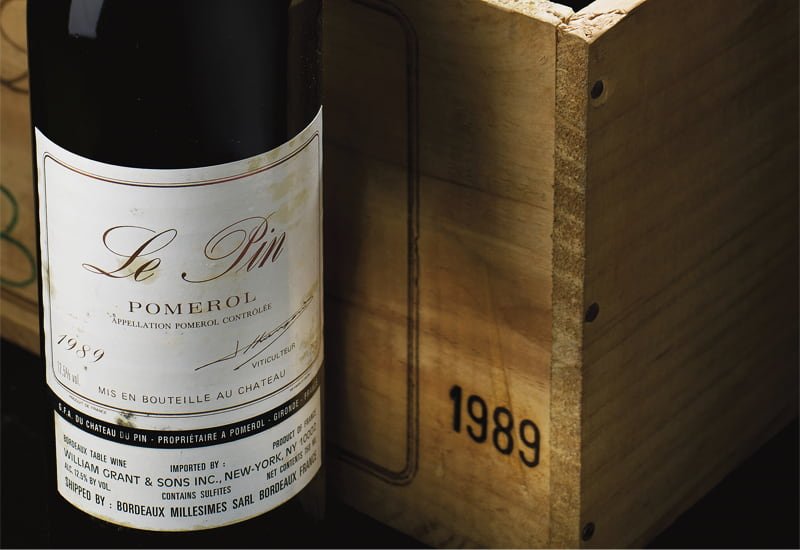
Pomerol wines are undoubtedly some of the most sought-after ones in the world. They’re perfect examples of what can be achieved with the Merlot grape, and is a real treat to drink.
Vinovest can help you secure the best Pomerol wine, as well as other fine wines, and help you curate an enviable wine portfolio.
Sign up on Vinovest today to start building a fine wine collection from anywhere in the world - be it France or New Zealand.



